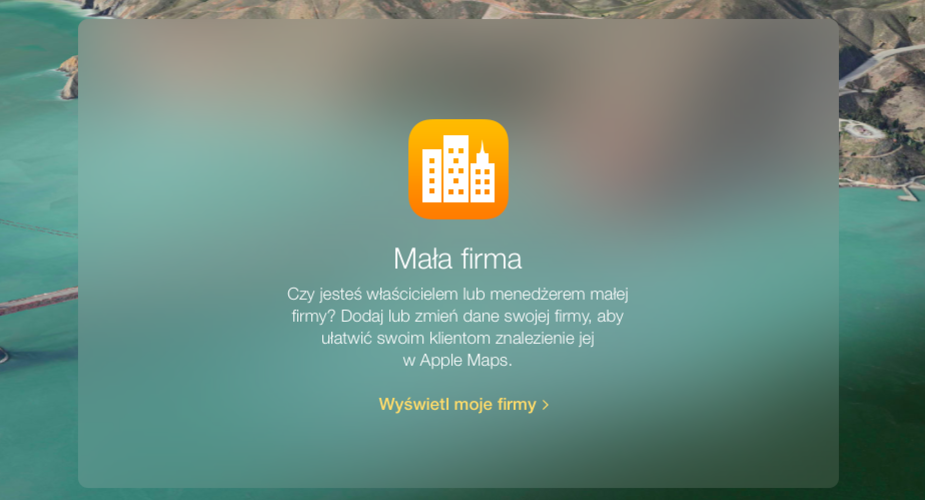
Refer to the documentation for latest instructions. Or, if you're using Void Linux: sudo xbps-install -S python3-pipenvĪlternatively, some users prefer to use Pipx: pipx install pipenv Or, if you're using Gentoo: sudo emerge pipenv Or, if you're using FreeBSD: pkg install p圓9-pipenv Or, if you're using Fedora: sudo dnf install pipenv Pipenv can be installed with Python 3.7 and above.įor most users, we recommend installing Pipenv using pip: pip install -user pipenv Streamline development workflow by supporting local customizations with.Gives you insight into your dependency graph (e.g.Strongly encourage the use of the latest versions of dependencies to minimize security risks arising from outdated components.Hashes are documented in the lock file which are verified during install.Pipenv uses Pipfile and Pipfile.lock to separate abstract dependency declarations from the last tested combination. Managing a requirements.txt file with package hashes can be problematic.You no longer need to use pip and virtualenv separately: they work together.The problems that Pipenv seeks to solve are multi-faceted: Pipenv is primarily meant to provide users and developers of applications with an easy method to arrive at a consistent working project environment. It also generates a project Pipfile.lock, which is used to produce deterministic builds. Pipenv automatically creates and manages a virtualenv for your projects, as well as adds/removes packages from your Pipfile as you install/uninstall packages.


Linux, macOS, and Windows are all first-class citizens in pipenv. Pipenv is a Python virtualenv management tool that supports a multitude of systems and nicely bridges the gaps between pip, python (using system python, pyenv or asdf) and virtualenv. Pipenv: Python Development Workflow for Humans


 0 kommentar(er)
0 kommentar(er)
